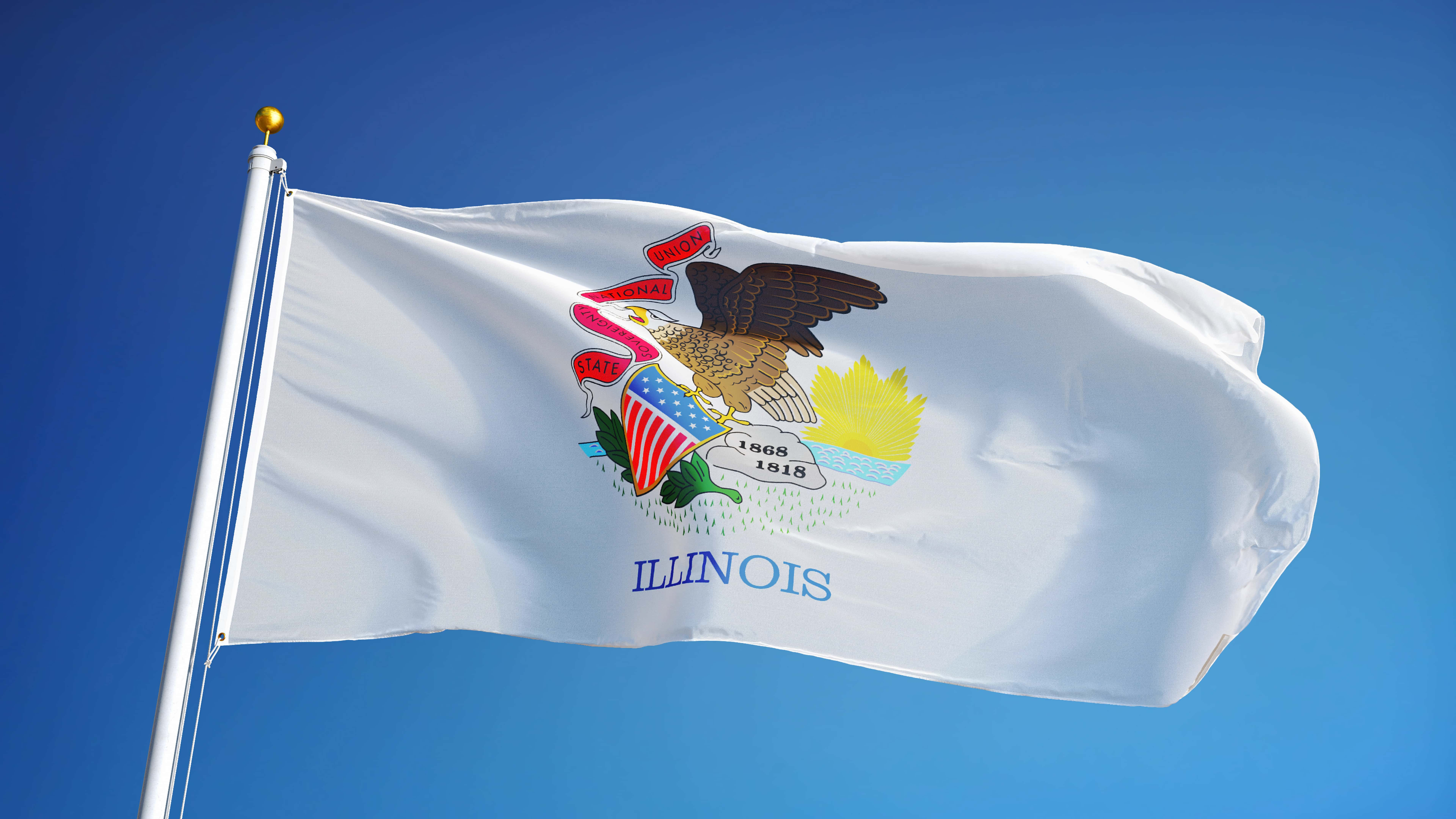
BY GREG BISHOP FOR THE ILLINOIS RADIO NETWORK
SPRINGFIELD, Ill. (IRN) — Although funding ratios for three of the state’s five public sector pension funds increased, a public finance watchdog said Illinois taxpayers still face a debt crisis.
The Auditor General released financial audits of the State Employees, Judges and General Assembly retirement systems.
The audits showed the total liability for two of the funds increased while the total liability for GARS decreased. All three funds had marginal improvement in unfunded ratios.
Wirepoints President Ted Dabrowski said taxpayers aren’t off the hook.
“These numbers are one of the worst in the country, if not the worst, and if anything if they get slightly better it means nothing because it still keeps us at the worst in the nation,” Dabrowski said.
For the State Employees Retirement System, the total liability grew $1.4 billion to $51.9 billion in the year that ended June 30, 2019. The funded ratio increased from 34.57 percent of the total liability in the bank in 2018 to 35.64 percent in 2019. Administrative costs decreased slightly for SERS, but the total number of members increased by nearly 2,000.
The Judges Retirement System’s total liability increased by $66.6 million to $2.9 billion. The system’s funded ratio increased from 36.37 percent in 2018 to 37.65 percent in 2019. Administrative costs went up slightly for JARS, costing just under $1 million. There were 2,200 members, an increase of around 800 from the year before.
The General Assembly Retirement System, the worst-funded of all the pension funds managed by the state, reported its total liability decreased $1.3 million from the year before, to a total of $321.8 million. While it’s a very low funding ratio, the percentage of funds compared to the total liability is 15.65 percent, up from 14.84 percent the year before. There are 609 active members, eight more than the year before.
Despite the funding ratio increases, Dabrowski said Illinois taxpayers still face a pension crisis because the total unfunded liability taxpayers must pay is larger than reported.
“When you look at these audits that say the state has a shortfall of about $137 billion [for all five funds combined], but listen to a place like Moody’s and they’ll tell you it’s more like $230 billion [or] $240 billion,” Dabrowski said. “It’s important to know that because the crisis is much larger and that means the reforms that are needed need to be much larger.”
Last year, Gov. J.B. Pritzker floated the idea of extending the pension contribution ramp, a move critics said would simply kick the can down the road. WTTW reported that the idea could resurface this year. Dabrowski said that’s the wrong path.
“Because that will make the debts bigger and bigger, make the whole worse, and it’s just a lie,” he said.
He said sustainable reform would include changing the state constitution’s pension protection clause, something the governor and Democrats have resisted.
“[Pritzker] has to embrace that if he really cares about preserving the retirement security of all these workers,” Dabrowski said. “There’s a huge risk of eventual default.”
Pritzker has said a constitutional amendment for voters to decide on pension reform isn’t popular and wouldn’t pass the General Assembly. He is set to give his State of the State address next week.
Another audit released Wednesday, of the All Kids healthcare program, reported a 10 percent decrease in the number of enrollees in fiscal year 2018, but showed that costs continue to increase. The Illinois Auditor General financial audit of the insurance option for low-income families after premiums cost $88.1 million in 2018, up $3 million from the year before. That’s despite having 10,900 fewer children enrolled. The audit also found coding errors led to the loss of $10.7 million in federal funds over four years.
